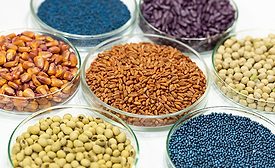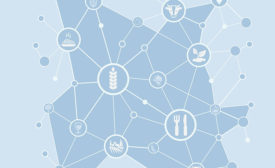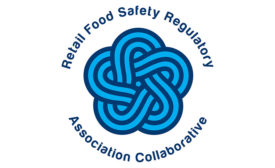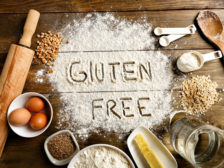Supply Chain
Supply Chain Woes – What is At Stake, and What Will Change?
Unanticipated disruptions, complicated by lean manufacturing principles, can quickly create a critical supply situation.
December 21, 2021
Food Safety Insights: 5 Years Later, Part 2
Celebrating the Food Safety Insights partnership with Food Safety Magazine
October 18, 2021
BIZTRACKS
CMX and Mojix Collaborate to Launch First Open Access Food Traceability Platform
October 4, 2021
Compliance with FSMA: Are Your Supply Chain Controls Adequate?
Supplier verification is critical for regulatory compliance
August 22, 2021
The Retail Food Safety Collaborative: Putting Collaboration into Action at Retail
Honing a strategy for reducing risk at consumer contact
June 20, 2021
Cover Story
An Opportunity to Reimagine: How the Pandemic Can Improve Our Global Food System
April 15, 2021
Never miss the latest news and trends driving the food safety industry
eNewsletter | Website | eMagazine
JOIN TODAY!Copyright ©2025. All Rights Reserved BNP Media.
Design, CMS, Hosting & Web Development :: ePublishing




.jpg?height=168&t=1633373511&width=275)






